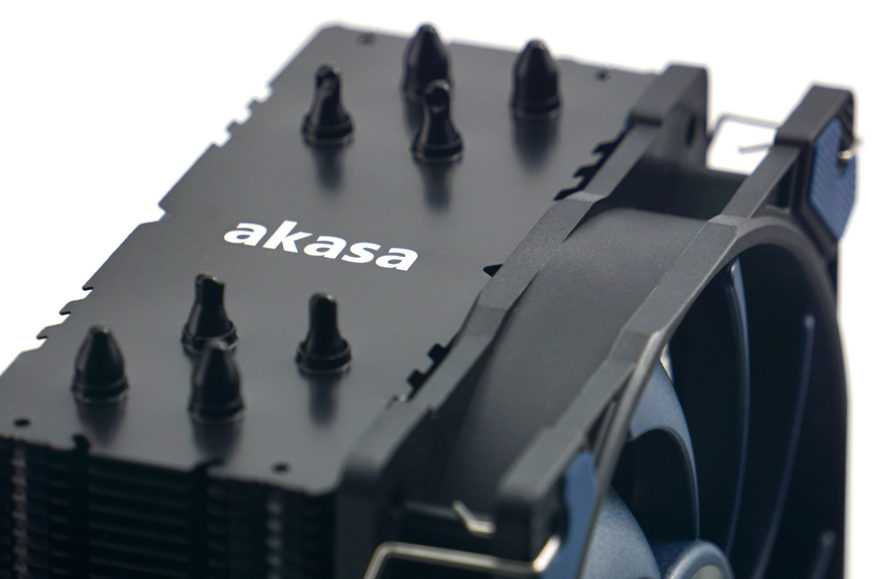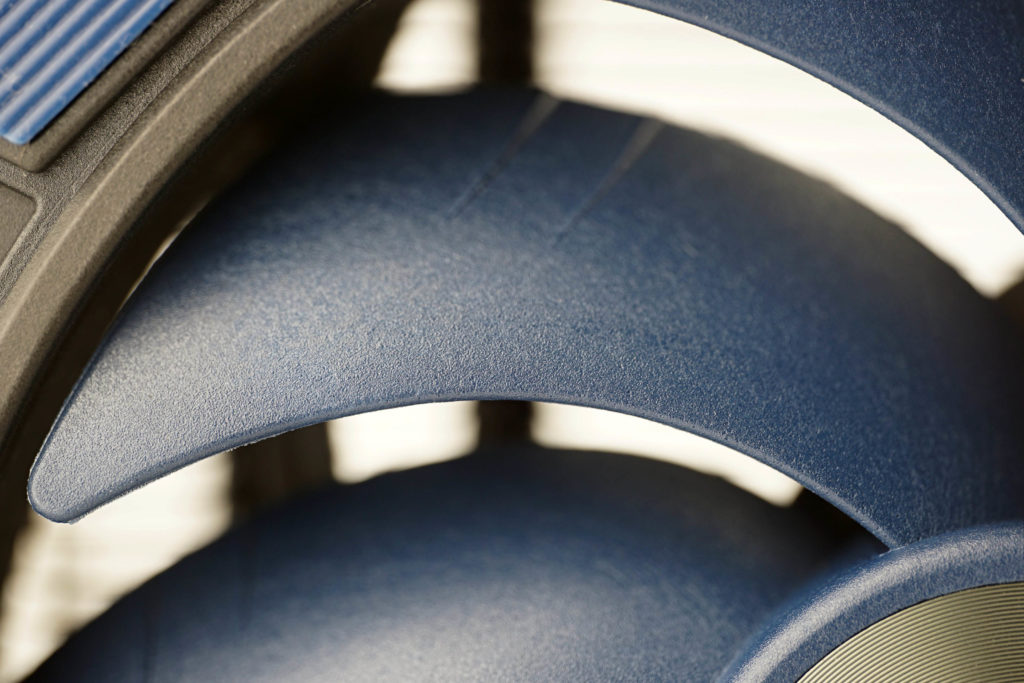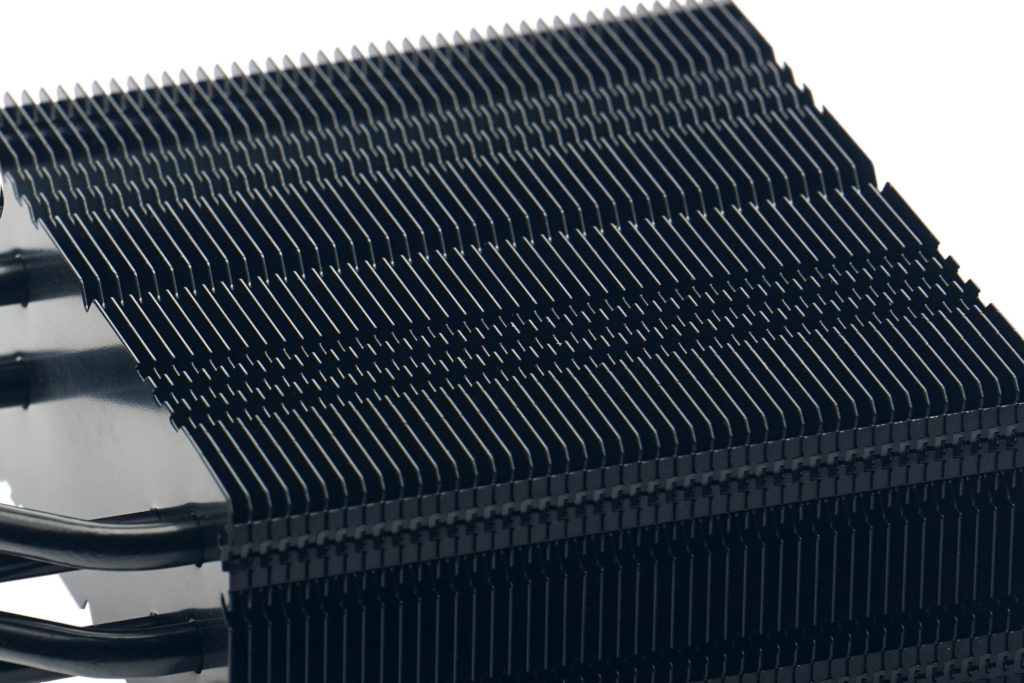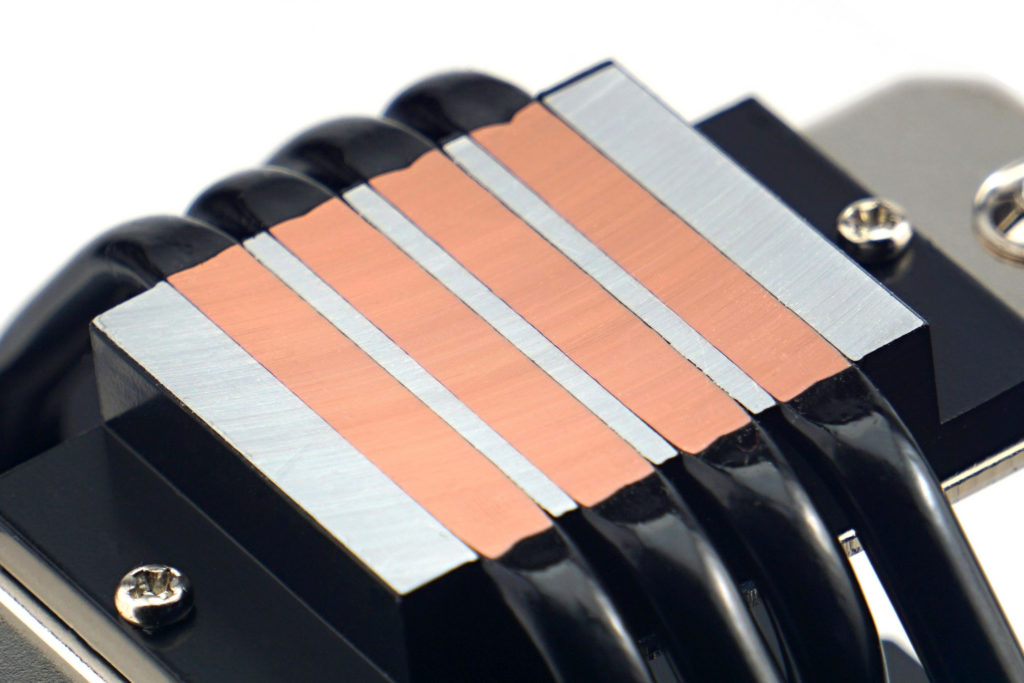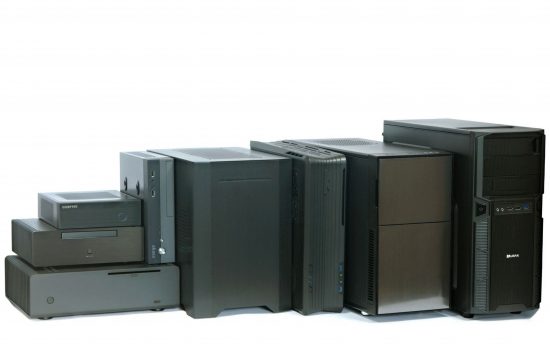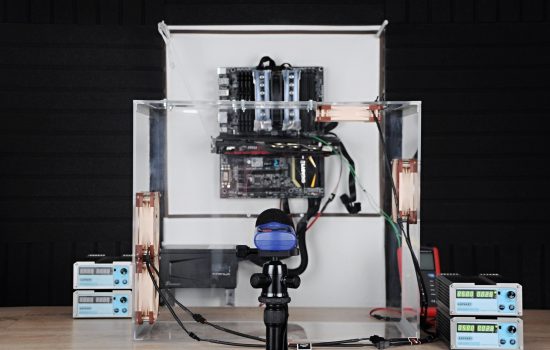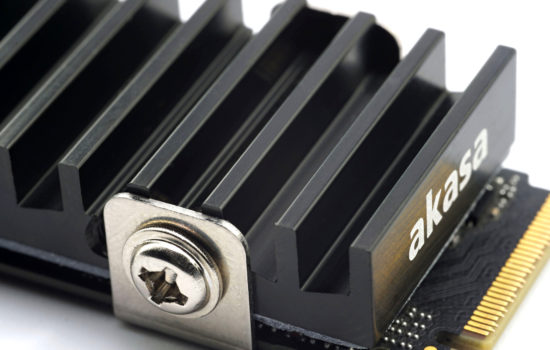Akasa Alucia H4 cooler in detail
Akasa’s latest CPU cooler doesn’t look bad at all. It oozes drive for the highest possible efficiency at the lowest possible price within the mid-range. And this particular segment doesn’t have a representative that clearly stands out. The Alucia H4 cooler has a very solid fan, as evidenced by our wind tunnel. We don’t have standard cooler tests yet, but unless there is some hidden bad news in the heatsink, your jaw might still drop.
Akasa expanded its offering with the Akasa H4 late last month. We skipped the traditional news update this time, as a more information-rich preview was looming, in which we can also present the cooler to you based on our own experiences and insights. We’ll get to the traditional tests (with comparisons to other coolers) later, but you can take a look at the remarkable details now.
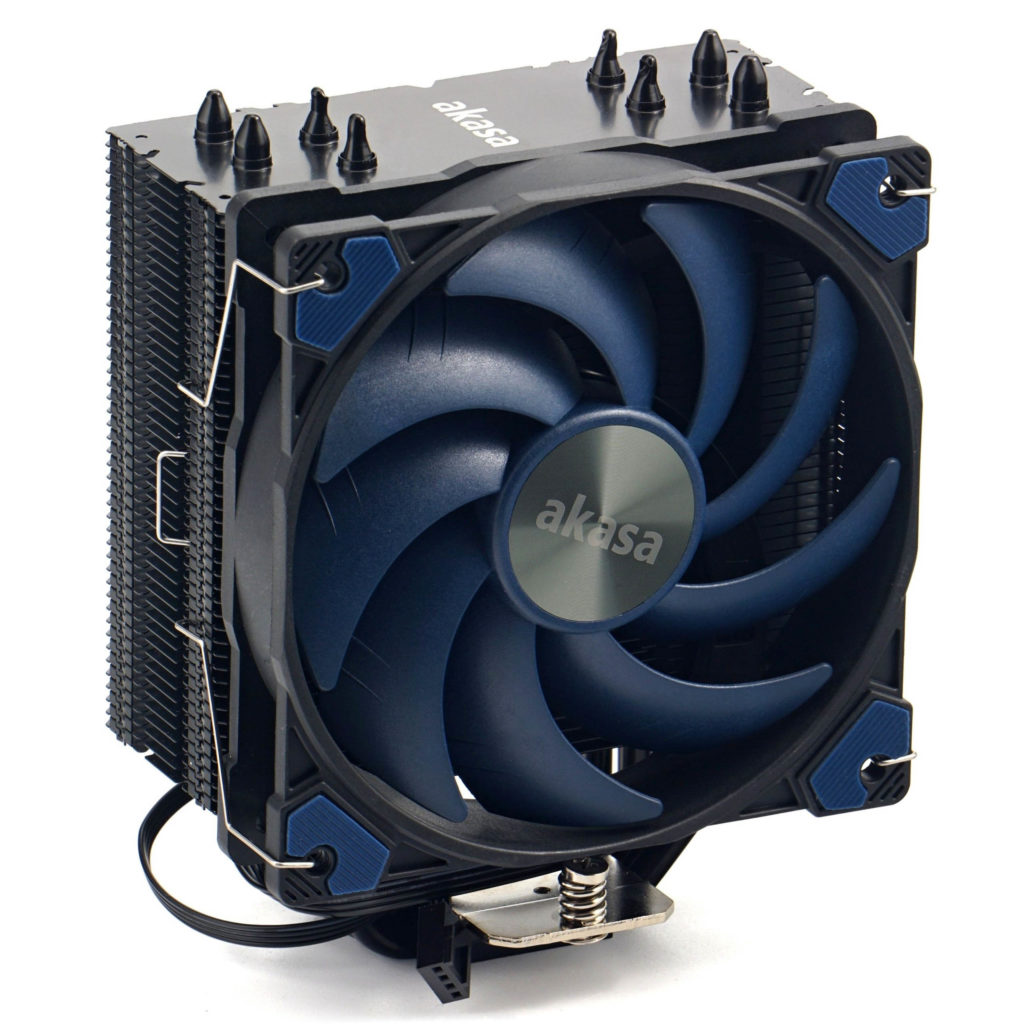
It is an average height cooler (154 mm) with one tower. The first thing that probably catches many eyes is the fan, which is strikingly reminiscent of the Noctua NF-12×25 PWM. This is not only due to the shape of the narrower but long curved blades, but also the raised channels on the outlet side. These, in particular, reduce swirl separation, thereby reducing noise. Overall, however, the efficiency of Noctua’s fan is not matched by this one from Akasa. Even though the airflow is similar (Akasa states 95,65 m3/h, we measured a bit more – 104,68 m3/h – but that’s just one sample and some tolerance, of course, applies to this fan as well), the difference is in the static pressure generation (according to specifications 1.94 mm H2O, our measurements are +5%).
The Akasa fan has twice the gap between the rotor and the frame, the material is also different, cheaper (and more amenable to thermal expansion) than the NF-A12x25. And overall, that Akasa fan doesn’t compare, either in terms of build quality, whether it’s the robustness of the axle or even the bearings themselves (Akasa’s fans have “hydrodynamic” ones), which in turn results in lower durability.
The mean time between failures is quoted at “only” 40,000 hours. Naturally, this figure doesn’t say much on its own (and a more useful piece of information would be the lower end of the MTBF range), but even so, the build quality of the Akasa fan is mediocre at best. The starting speed (500) is also higher. The top speed is then around 2000 rpm. If this fan also sells separately, we’ll break it down in detail. In the context of introducing a cooler, where the heatsink is more important, it is probably enough about the fan.
It seems that even the finned radiator (weight ~ 506 g) doesn’t have to pull the short end. Although, with this it is hard to assume anything. Outwardly efficient, it might be knocked right down by the level of the internal heatpipe structure. There are four of these, as is common in this price class, and the fins are intersected so that none of the tubes are too close to the edge of the fins. And still so that the pipes aren’t even close together – in short, to distribute the heat into the space as best as possible. Naturally, the places with the most intense turbulent flow are also taken into account. This is also supported by the cut-outs on the long edges of the fins in front of/behind the heatpipe. On the short ones there are again locks that keep a fixed distance between the individual fins.
The whole structure gives an exceptionally robust impression. The individual fins, by the way, together with the paint, are 0.42 mm thick and the spacing between them is approximately 2 mm. The surface is for the most part painted – synthetically, it is not anodised. Apart from the clasp, the colouring is not applied only to the base. The latter is a so-called “direct touch heatpipe” (with the IHS). Compared to full blocks, this is not a more efficient design, as it is (or at least has been for a long time) presented, but it is, of course, cheaper and therefore in this class such a design appears quite often. The extremely efficient SPC Fera 5 (or Fortis 5), for example, has it as well.
Unlike SilentiumPC coolers, however, the heatpipes are not contact-pressed one on top of the other, but there are 2.2 mm wide aluminum fillers between them. From the perspective of chiplet processors, which do not have the most intense heat source centered (and it tends to be asymmetrical on the CPU wafer), this could perhaps be an advantage on some CPUs. The dimensions of the base contact area are 40.05 × 35.00 mm. It is formatted in such a way that it covers the entire IHS area (38.3 × 28.2 mm) of Intel Alder Lake processors when the cooler is mounted in the usual way (vertically). Also included is 1 gram of AK-T565 (5.2 W/mK) thermal paste.
In addition to LGA 1700, older Intel platforms (LGA 1200/115x) are also supported, including HEDT (LGA 2011-v3, 2066) or AMD AM4. The Akasa Alucia H4 cooler is already on sale, with a retail price starting at 36 euros.
English translation and edit by Jozef Dudáš
- Contents
- Akasa Alucia H4 cooler in detail





